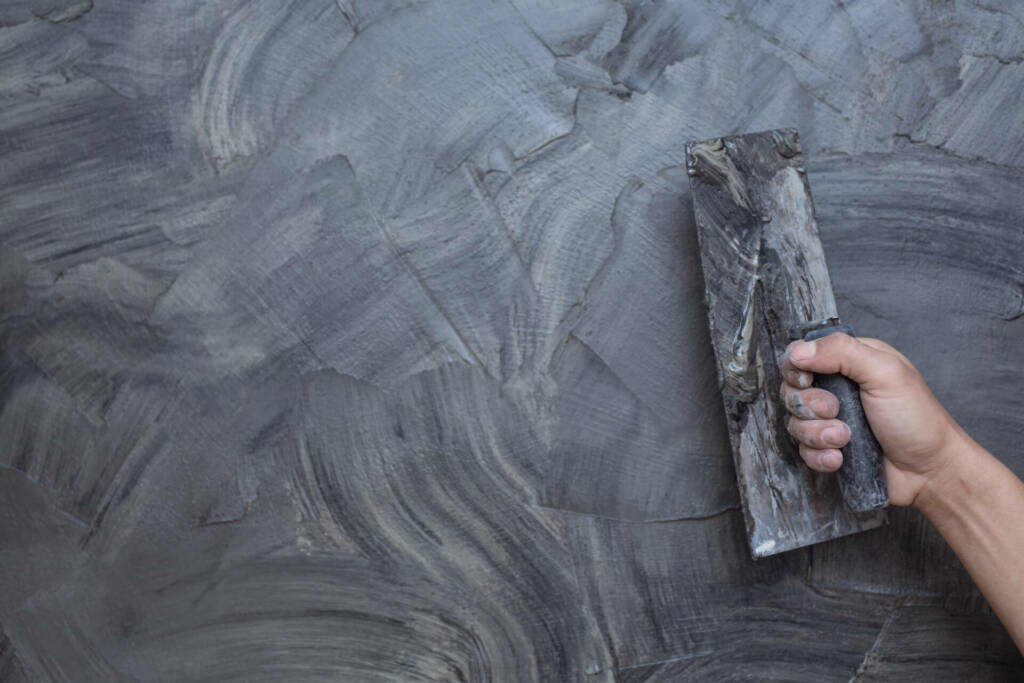Project Report For Cement Paints
Introduction
Project report for Cement Paint is as follows.
Cement is a paint that contains pigments, fillers, accelerators, and water-repellent substances in addition to Portland cement. These paints, which have largely replaced the simple cement washes, are supplied as a dry powder that must be mixed with water before use, but for darker colours, ordinary cement can be used as a base. Lighter colour paints are generally preferred for external faced decoration because the colour is noticeably affected by the formation of sporadic ‘Fade’ films of calcium carbonate over the surface. Cement paints are used externally to prevent rain penetration as well as for decorative purposes, and on vertical surfaces, they can retain some water proofing qualities for up to ten years. A certain percentage of pigments are used in the base cement paint to create different coloured cement paints. The pigments must be lime-free, and the hydrated lime must not contain more than 8% anhydrate CaO and MgO.

The best thing about using cement paint is that it is very inexpensive.
1. It provides better outside protection, attractiveness, and decoration.
2. We can use cement paints in a variety of colors to suit our needs.
3. It maintains a building’s appearance and durability for many years, even when subjected to harsh conditions.
4. It could be a specific color or completely white. It is the most cost-effective way to build a house.
Get Completely Custom Bankable Project Report
Product & ITS Application
Cement paints come in a variety of colours and shades to meet a variety of preferences, moods, service conditions, application methods, performance, and economic requirements. Cement paints are widely used by the general public, as well as government agencies and businesses.
Cement paints provide the following outstanding properties to any masonry surface:
1) Cement paint protects all types of masonry surfaces from ultraviolet rays emitted by the sun.
2) It protects all types of cemented walls and surfaces from harsh climatic conditions such as rain, heat, water, humidity, and salt atmosphere near seashores.
3) It prevents fungus and bacteria from growing on masonry surfaces.
4) It imparts a very pleasing color and appearance to all types of masonry surfaces.
5) Cement paint conceals surface irregularities, hair lining, and roughness, among other things, giving all cemented masonry surfaces where it is applied a smooth and pleasing appearance. Cement paints typically produce a smooth, matt finish. Machines and equipment for the production of cement paints are locally available and reasonably priced. Because the process and technology are simple, this item is appropriate for development in rural and underdeveloped areas. Cement paint has a smooth, matt finish and is highly water-repellent and weather resistant. It is hygienic and an excellent light reflector that requires minimal water curing.
Market Potential Of Cement Paints
The expected value of the global cement market in 2021 is USD 326.81 billion. From 2022 to 2029, the market is projected to grow at a CAGR of 5.1%, from USD 340.61 billion in 2022 to USD 481.73 billion in 2029.
Expenses

Product Cost Breakup

Reveneue Vs Expenses

Market Trend

The cement industry is one of the most important basic industries that determines a developing country’s economic health. In reality, one of the most important indicators of a country’s industrial vitality is its per capita use of cement. Japan’s weight is 670 kg, Germany’s is 544 kg, the US’s is 341 kg, and Singapore’s is 540 kg. Unfortunately, it is low for India at 32 kgs. India ranks as the eleventh-largest cement producer in the world with an installed capacity of 26.5 million tonnes and an investment of Rs. 280 crores spread across 55 plants across the country. It employs more than 80,000 people.
According to official predictions on demand and supply, the overall demand for cement is anticipated to increase to 38 million tonnes during the sixth plan period from 28 million tonnes by the end of 1984-1985. Technically speaking, it is feasible to run a tiny cement plant with a vertical shaft Koln. With the goal of increasing production and outfitting the installed capacity, mini cement plants have been assigned a prominent role. In fact, there are already a few of these facilities in operation all around the world.

